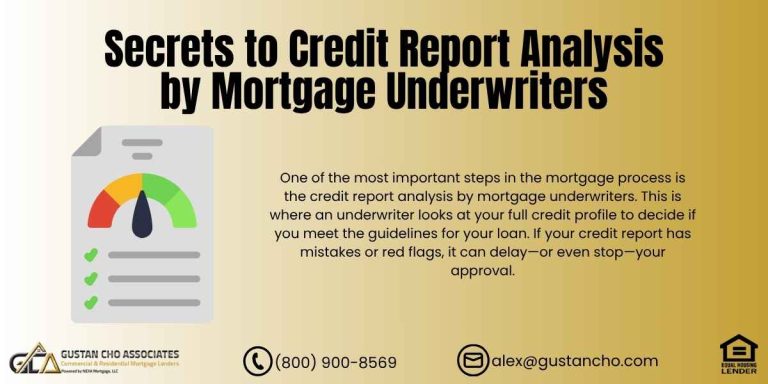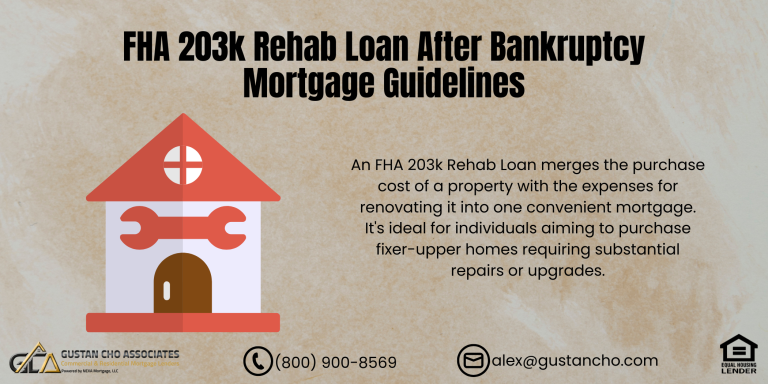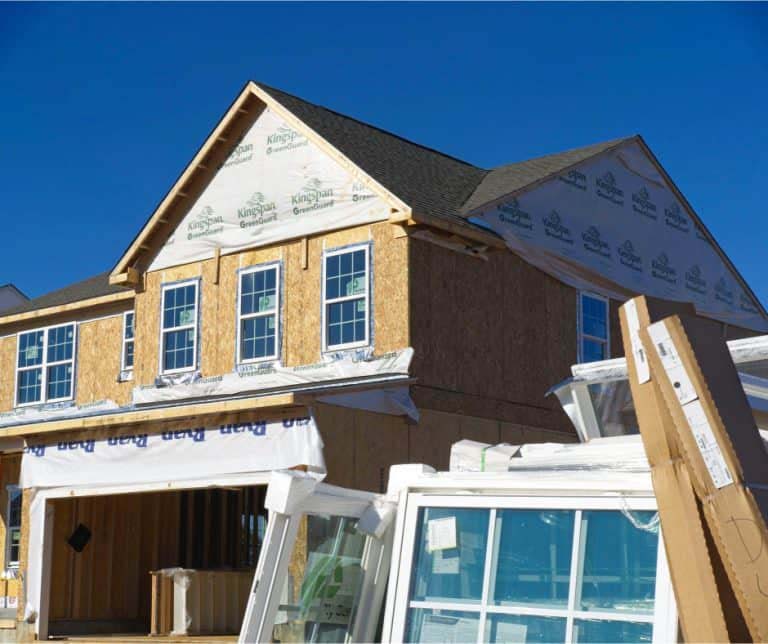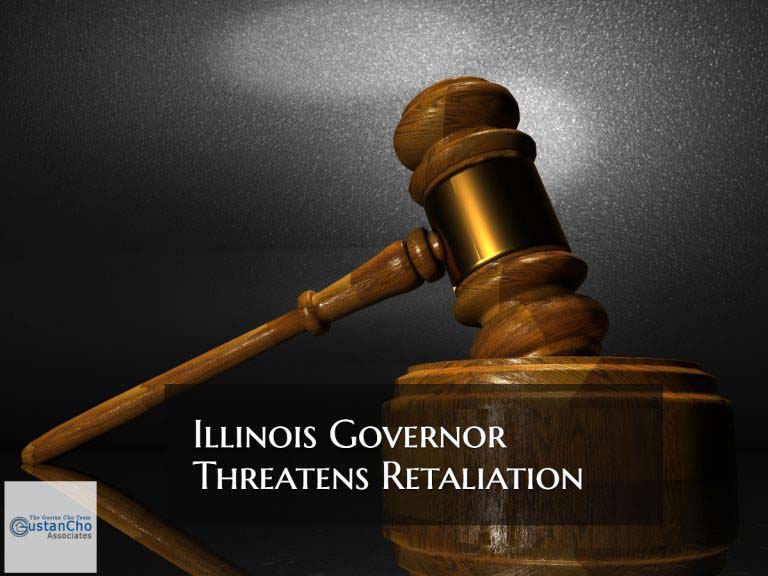Buying or Refinancing After Forbearance: What You Need to Know in 2025
If you’ve been through a forbearance and are now thinking about buying a new home or refinancing your current one, you’re not alone. Many people needed help during tough times, and mortgage forbearance was a lifeline. But now that you’re ready to move forward, you might ask: Can I get a mortgage after forbearance?
The short answer? Yes, you can. In this guide, we’ll walk you through everything you need to know about buying or refinancing after forbearance in 2025.
What Is Forbearance?
Forbearance is when your mortgage lender lets you pause or reduce your monthly payments during hardship. Common reasons include:
- Job loss or reduced income
- Medical emergencies
- Natural disasters
Forbearance is not the same as missing payments or going into foreclosure. It’s a temporary agreement between you and your lender. Even though forbearance helps, it can affect when and how you can get a new loan. Under the federal coronavirus stimulus CARES Act, mortgage borrowers can qualify for forbearance for six months and can extend it for another six months for a total of one year.
Need Mortgage Relief? Forbearance Could Be the Solution
Apply Now And Get recommendations From Loan Experts
So, considering buying or refinancing after forbearance, it’s best to consider your options.
Is Buying or Refinancing After Forbearance Even Possible?
Yes, it’s absolutely possible. Whether you’re looking to buy a new home or refinance into a better rate, buying or refinancing after forbearance is something many homeowners are doing in 2025.
However, the rules and waiting periods depend on:
- What type of mortgage you had (FHA, VA, Conventional, etc.)
- Whether you missed payments during forbearance
- How you repaid the skipped payments
Let’s break it down by loan type so you can see where you stand.
Buying or Refinancing After Forbearance: FHA Loans
If you had an FHA loan and went through forbearance, there are specific rules for buying or refinancing after forbearance in 2025. If you missed payments during forbearance and then entered a repayment plan, you need to make three payments on time after coming out of forbearance. Only then can you apply for a new FHA loan.
On the other hand, if you kept making your payments during forbearance or paid off the loan entirely, you could apply immediately without any waiting. These guidelines help you understand what steps to take if you want to buy or refinance after going through forbearance.
Tip: Always get documentation from your lender or servicer showing that your forbearance has ended and your loan is in good standing.
VA Loans After Forbearance
Veterans and current military personnel with VA loans are subject to comparable regulations.
- If you completed your forbearance and are back on track with payments, you can apply for a new VA loan or refinance after making 3 on-time payments after the forbearance.
- You may not have a waiting period if your loan is fully reinstated.
Like with FHA loans, buying or refinancing after forbearance with a VA loan is possible as long as your loan is current.
Conventional Loans: Fannie Mae and Freddie Mac
If your previous loan was backed by Fannie Mae or Freddie Mac, here’s what to expect in 2025:
- You’ll need to make 3 timely payments after exiting forbearance and bringing your mortgage current.
- You may be asked to show proof that you’ve fully exited forbearance and repaid the skipped payments — either through a lump sum, payment plan, or deferral.
In some cases, if you continued to pay during forbearance and have no delinquencies, you might immediately qualify for a refinance.
So yes, buying or refinancing after forbearance is within reach with a conventional loan — but make sure your payment history is clean and well-documented.
What About USDA Loans?
If you had a USDA loan, the waiting periods and rules are very similar to FHA loans:
- After forbearance ends, you must make 3 regular, on-time payments before applying for a new USDA loan.
- You may qualify sooner if you made full payments during the forbearance or reinstated the loan.
The USDA requires clear proof that your loan is current and not delinquent. That’s the key to buying or refinancing after forbearance under this program.
What If You’re Not Eligible Yet?
If you just exited forbearance and haven’t made 3 payments yet, or if you had trouble bringing your loan current, you still have options:
1. Non-QM Loans
If you are thinking about buying or refinancing after forbearance, you might consider a Non-QM loan. These loans don’t have to follow strict rules set by the government, so they can be easier to get. Even if you have had some late payments or are still recovering financially, you might still qualify. Lenders who offer non-QM loans look at your bank statements instead of just using W-2 forms, your recent credit history, and how much equity you have in your home. This makes it possible for more people to get loans despite their imperfect financial situation.
2. Hard Money or Private Loans
These are short-term options for people with unique situations, especially if you’re buying investment property or need fast funding.
If you’re unsure where you stand, the experts at Gustan Cho Associates can help. We work with every loan type — including non-QM and alternative lending — and understand that life happens.
How Does Forbearance Affect My Credit?
Here’s the good news: if your lender followed the rules, forbearance shouldn’t hurt your credit score.
But if:
- You missed payments before or after forbearance or
- Your lender mistakenly reported you late during forbearance,
Then, your credit score might have taken a hit. In that case, you can dispute incorrect late payments or work on rebuilding your credit. Gustan Cho Associates also offers credit re-establishment tips if needed.
And keep in mind — your credit score is only one piece of the mortgage equation. There are still options for qualifying, even if you have some difficulties along the way.
What You Need to Apply for a Loan After Forbearance
Once you’re ready to apply, here’s what lenders will want to see:
- Proof that your forbearance is over
- A current mortgage statement showing you’re up-to-date
- Evidence of 3 on-time payments (if required)
- Steady income and job stability
- Credit score and debt-to-income ratio within guidelines
Need help gathering these? That’s what we’re here for at Gustan Cho Associates.
Refinance After Forbearance – Unlock Your Path to Homeownership
Apply Now And Get recommendations From Loan Experts
Should I Refinance After Forbearance?
If you’re no longer in forbearance and your finances are back on track, refinancing could help you:
- Lower your monthly payment
- Lock in a lower interest rate
- Switch from an adjustable to a fixed-rate loan
- Utilize a cash-out refinance to tap into your home equity.
Mortgage rates in 2025 remain competitive, especially for borrowers with solid income and equity. If done right, buying or refinancing after forbearance can put you in a better financial spot.
Can I Still Buy a New Home After Forbearance?
Absolutely. If your current loan is in good standing or fully resolved, you can qualify for a new mortgage — even if you were in forbearance last year.
Just remember:
- The 3-payment rule applies to many loans
- You’ll need to show financial stability (income, employment, etc.)
- Down payment and reserves may matter more now than before
But the bottom line is that buying or refinancing after forbearance doesn’t have to prevent you from achieving your homeownership goals.
Work With Experts Who Understand Your Situation
At Gustan Cho Associates, we understand that many people face tough times, like going through forbearance or having credit problems, but that shouldn’t stop you from buying or refinancing after forbearance. Everyone deserves a chance to get a mortgage. We offer different types of loans, such as FHA, VA, Conventional, and USDA, as well as special programs for those who may not fit the usual guidelines.
Our team can help you with manual underwriting and flexible rules, making getting approved easier. Plus, we work quickly to help you close your loan without extra hurdles. Let us help you move forward! We know the ins and outs of buying or refinancing after forbearance, and we’ll help you find the loan that fits your unique story.
Final Thoughts: Buying or Refinancing After Forbearance in 2025
If you’re ready to move on from your forbearance and take the next step — whether it’s buying your next home or refinancing to a better loan, you don’t have to go it alone.
The rules may have changed, but help is available. Reach out to Gustan Cho Associates today to get started. We don’t just look at your credit report — we look at the whole picture. And we’re here to help you win. Borrowers who need a five-star national mortgage company licensed in 48 states with no overlays and who are experts in buying or refinancing after forbearance, please contact Gustan Cho Associates at 800-900-8569. Text us for a faster response or email gcho@gustancho.com.
Frequently Asked Questions About Buying or Refinancing After Forbearance:
Q: Can I Still Get a Mortgage After Forbearance?
A: Yes, buying or refinancing after forbearance is possible. If your forbearance is over and you’re back on track with payments, you may qualify for a new mortgage.
Q: How Soon Can I Buy a Home After Forbearance?
A: In most cases, you can buy a home after forbearance once you’ve made 3 on-time payments on your current mortgage. This rule applies to FHA, VA, USDA, and conventional loans.
Q: Do I Need Perfect Credit for Buying or Refinancing After Forbearance?
A: Not necessarily. Although having a solid credit score is beneficial, loan options, such as non-QM loans, offer more leniency. Even if your score took a hit during forbearance, you can still be eligible in numerous situations.
Q: What Paperwork is Required to Apply for a Loan After a Forbearance Period?
A: Lenders will want proof that your forbearance is over, a current mortgage statement, 3 on-time payments (if required), steady income, and your credit and debt info. These are all part of buying or refinancing after forbearance.
Q: Does Forbearance Hurt My Credit Score?
A: If your lender followed the rules, forbearance shouldn’t hurt your score. But if you missed payments or were reported late, it might. Don’t worry—there are ways to fix it while planning for buying or refinancing after forbearance.
Q: Can I Refinance to a Lower Rate After Forbearance?
A: Yes, many homeowners are refinancing into better rates now. As long as your loan is current, buying or refinancing after forbearance can help you save money every month.
Q: What if I Didn’t Make Any Payments During Forbearance?
A: That’s okay. You’ll usually need to make 3 payments on time once forbearance ends. After that, you can apply for buying or refinancing after forbearance, depending on your loan type.
Q: Are There Loan Options if I Don’t Meet the Standard Rules?
A: Yes! Non-QM and private loans can help people who don’t qualify for regular mortgages. These are great for buying or refinancing after forbearance if you’ve had credit issues or irregular income.
Q: Can I Buy a Second Home or Investment Property After Forbearance?
A: Yes, but lenders may examine your finances more closely. If your loan is in good standing and you’ve made the required payments, buying or refinancing after forbearance—even for a second property—is possible.
Q: Who Can Help Me Get Approved After Forbearance?
A: The team at Gustan Cho Associates specializes in helping people with unique situations. If you’re buying or refinancing after forbearance, we can guide you step by step to find the best loan.
This blog about “Buying or Refinancing After Forbearance Mortgage Guidelines” was updated on March 25th, 2025.
Refinance your mortgage and take control of your financial future today
Apply Now And Get recommendations From Loan Experts










